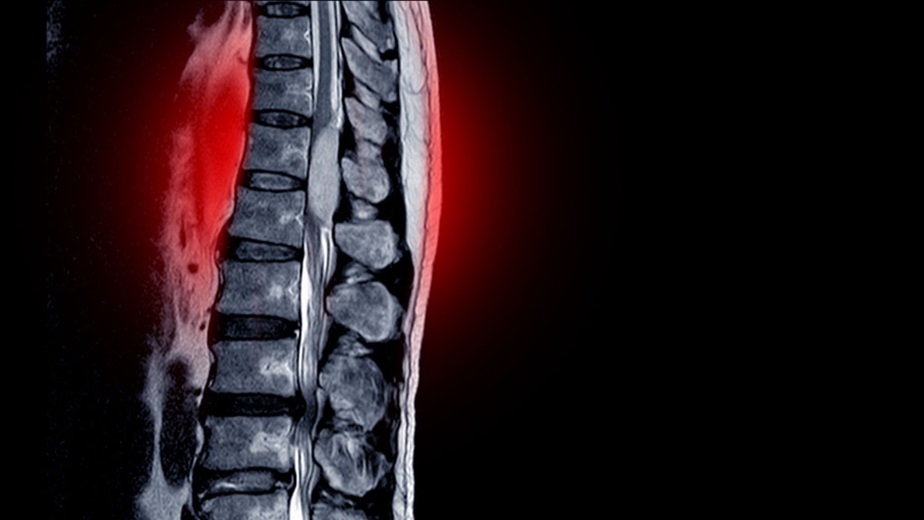Understanding Spinal Stenosis: Top 6 Things You Need to Know

Spinal stenosis is a condition that affects millions of people around the world. Understanding spinal stenosis and its symptoms, causes, diagnosis, and treatment options is crucial for those who suffer from this condition or who have a loved one dealing with it. In this article, we will discuss the top six things you need to know about spinal stenosis.
1. What is Spinal Stenosis?
Spinal stenosis refers to the narrowing of the spinal canal, which houses and protects the spinal cord. The condition can occur in any area of the spine, but it most commonly affects the lower back (lumbar spinal stenosis) or the neck (cervical spinal stenosis).
So if you or a loved one is suffering from back or neck pain, this could be cause for concern. Consulting a qualified healthcare professional for spinal stenosis treatment in Boca Raton can help you manage your condition and live a pain-free life. They can prescribe medications, physical therapy, and other treatments to help with the pain.
2. Who is at Risk for Spinal Stenosis?
While anyone can develop spinal stenosis, certain factors increase the risk of developing this condition. These include:
- Age: Spinal stenosis is more common in individuals over the age of 50.
- Genetics: Some people are born with a narrow spinal canal, increasing their likelihood of developing spinal stenosis.
- Spinal injuries: Trauma to the spine can lead to spinal stenosis due to inflammation or bone fractures.
- Other conditions: Conditions like osteoarthritis or Paget’s disease can contribute to spinal stenosis.
Symptoms of Spinal Stenosis
Symptoms of spinal stenosis vary depending on the severity of the condition. Some common symptoms include:
- Pain or discomfort in the back or neck.
- Numbness or tingling in the arms or legs.
- Weakness in the arms or legs.
- Difficulty walking or loss of balance.
In severe cases, spinal stenosis can lead to more serious problems like bladder or bowel dysfunction.
3. How is Spinal Stenosis Diagnosed?
If you suspect that you or a loved one may have spinal stenosis, it is essential to consult a healthcare professional for a proper diagnosis. An experienced physician for pain management in Boca Raton will typically start by reviewing your medical history and performing a physical examination. They may also order imaging tests like X-rays, MRI, or CT scans to pinpoint the exact location and severity of the condition.
4. What are the Treatment Options for Spinal Stenosis?
Treatment for spinal stenosis can vary depending on the severity of the condition and the patient’s overall health. Some common treatment options include:
- Medications: Over-the-counter pain relievers, anti-inflammatory drugs, or muscle relaxants can help alleviate symptoms.
- Physical therapy: A physical therapist can help patients strengthen their muscles and improve their flexibility, which can relieve pressure on the spinal cord and nerves.
- Injections: Corticosteroid injections can help reduce inflammation around the nerves.
- Surgery: In severe cases, surgery may be necessary to remove the bone or tissue that is compressing the nerves.
5. How Can I Prevent Spinal Stenosis?
Although there is no surefire way to prevent spinal stenosis, taking certain steps can reduce your risk. These include:
- Maintaining a healthy weight: Excess weight puts extra pressure on the spine and increases the risk of developing spinal stenosis.
- Practicing good posture: Poor posture can strain the spine and worsen existing spinal conditions.
- Exercising regularly: Regular physical activity helps strengthen the muscles that support the spine, reducing your risk of developing spinal stenosis.
- Avoiding high-impact activities: High-impact exercises like running or contact sports can significantly increase the risk of spinal injuries.
To Conclude
By understanding the risk factors, symptoms, and treatments available for spinal stenosis, you can take steps to manage your condition and live a pain-free life. If you are experiencing back or neck pain, consulting with a healthcare professional is essential in order to get the most appropriate treatment. An experienced physician for pain management can work with you to determine the best course of action, so don’t hesitate to reach out. With the right treatment plan and lifestyle modifications, you can stay healthy and active for years to come.
